Central Park, an urban oasis nestled in the heart of New York City, is not only a sanctuary for the city’s human residents but also for a diverse array of wildlife. Among the most charismatic and observable wildlife species are the squirrels. These bushy-tailed creatures have become synonymous with the park’s landscape, but how many squirrels live in Central Park?
The Squirrel Census: A Foray into Urban Wildlife Demographics
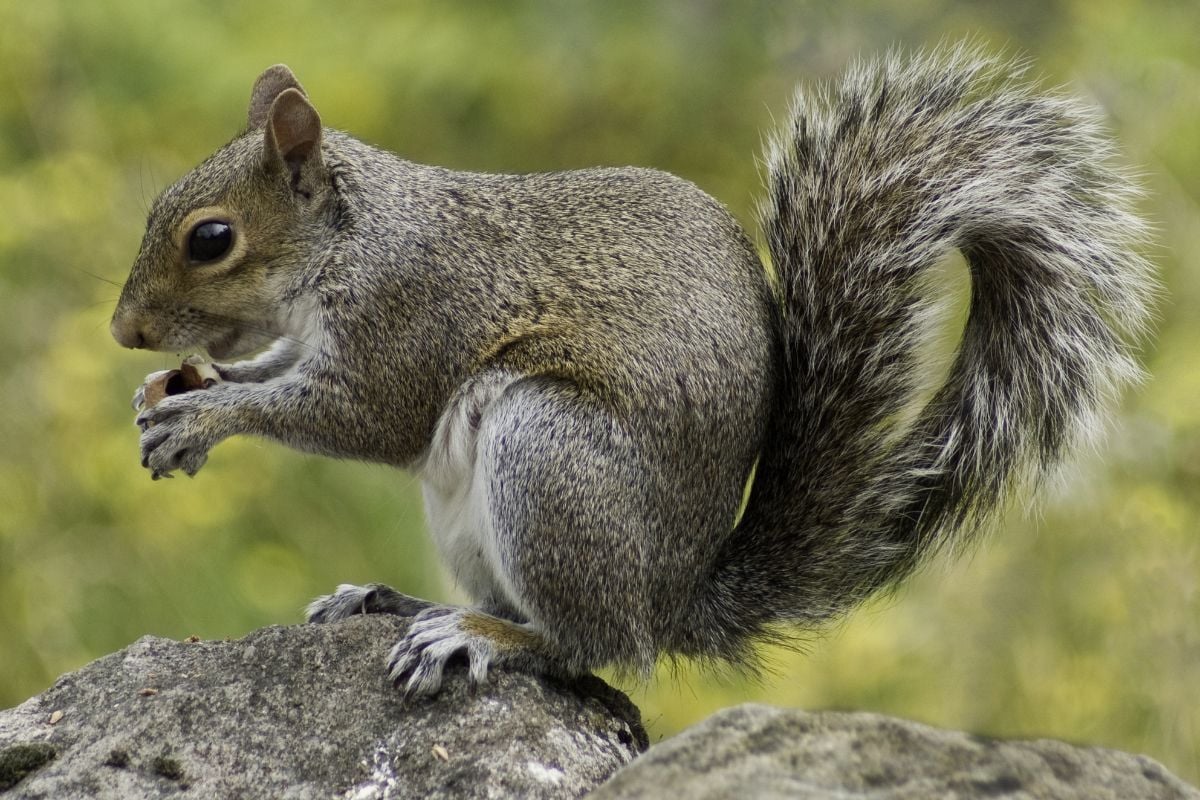
To answer the question of squirrel population in Central Park, a dedicated team of wildlife biologists and volunteers embarked on a comprehensive Squirrel Census. This endeavor, akin to a human census, involves methodical counting, behavior observation, and habitat assessment to estimate the squirrel population accurately.
Methodology: The Science Behind the Count
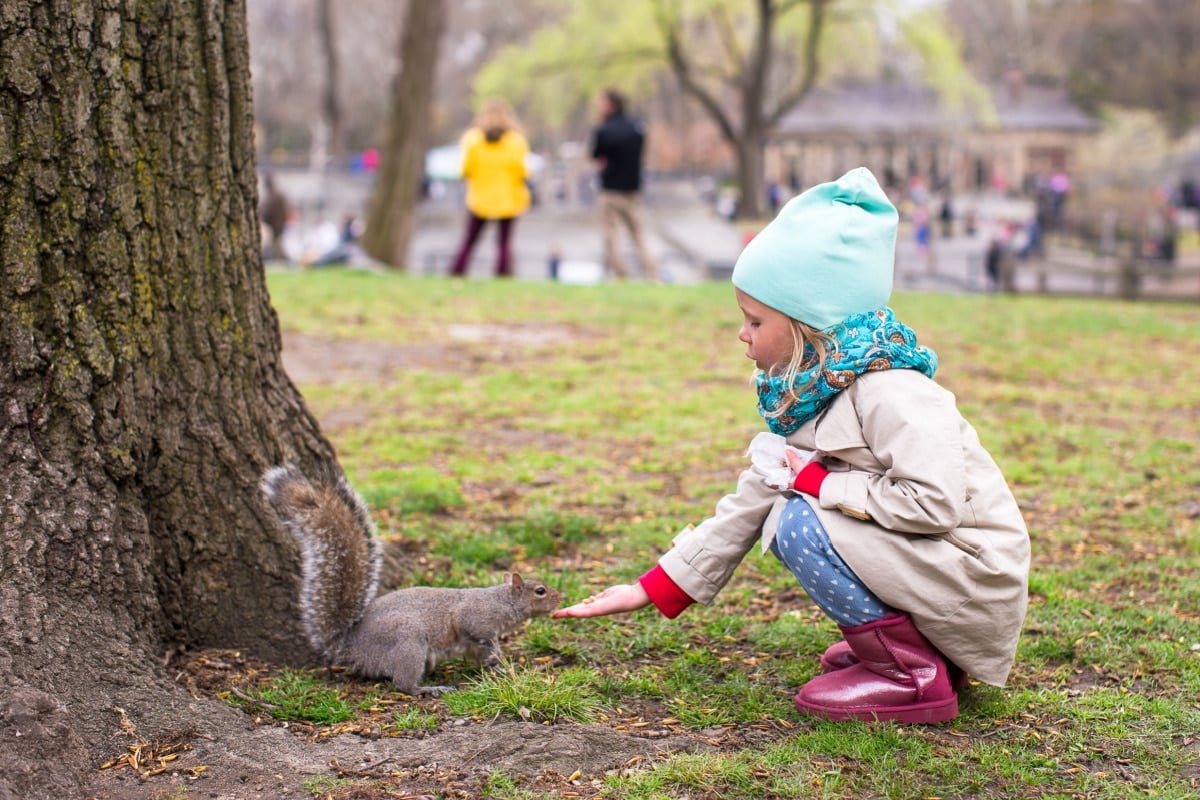
The process of counting squirrels is intricate and requires a systematic approach. Observers use a combination of direct visual counts, sampling methods, and statistical analysis to estimate the population. This includes identifying specific areas of the park, known as “transects,” and recording the number of squirrels seen during specific times of the day, which are then extrapolated to represent the entire park.
Habitat Assessment: Understanding Squirrel Residency
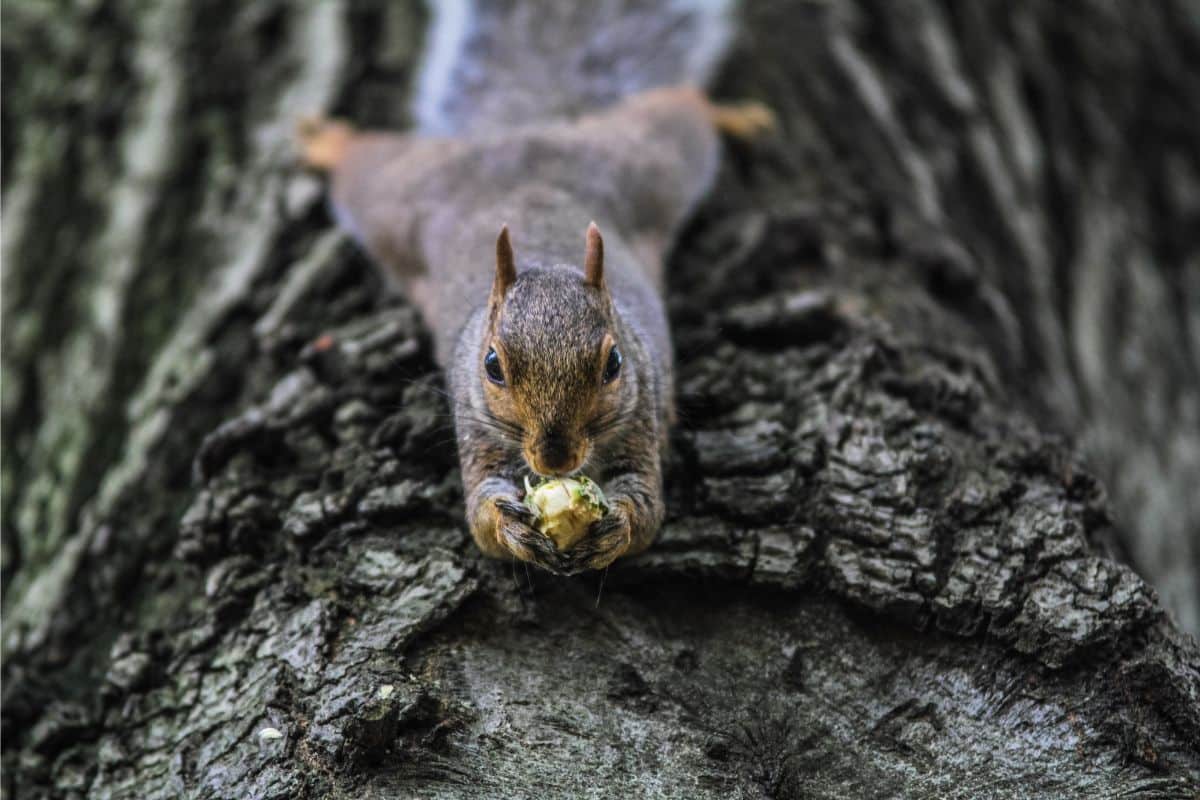
Central Park offers a variety of habitats, from dense woodlands to open meadows, which are ideal for squirrels. The census also considers the carrying capacity of these habitats – the maximum population size that the environment can sustain. Factors such as the availability of food sources, nesting sites, and the presence of predators are crucial in determining this capacity.
Seasonal Fluctuations: The Ebb and Flow of Squirrel Populations
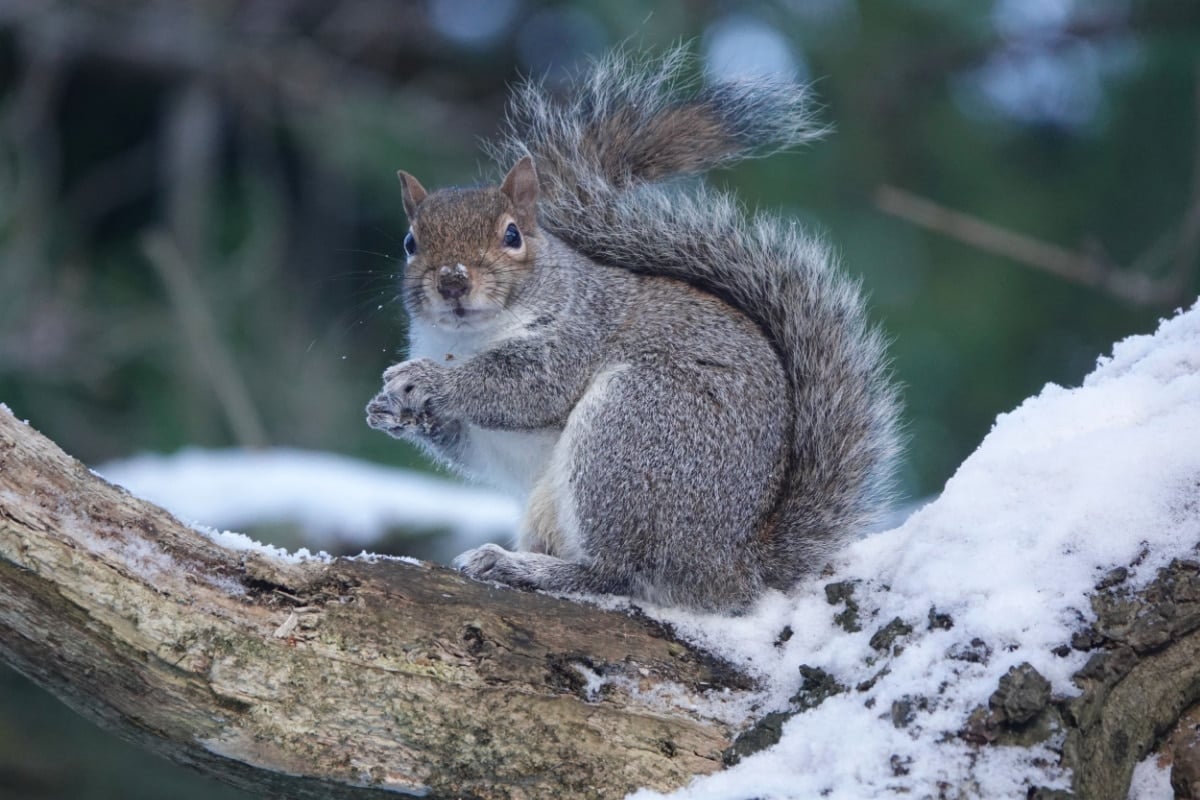
The population of squirrels in Central Park is not static; it fluctuates with the seasons. During the spring and summer, food is abundant, and the population increases due to the birth of new litters. In contrast, fall and winter can see a decline in numbers due to the scarcity of food and the challenges of colder weather.
The Role of Conservation: Ensuring a Sustainable Squirrel Population
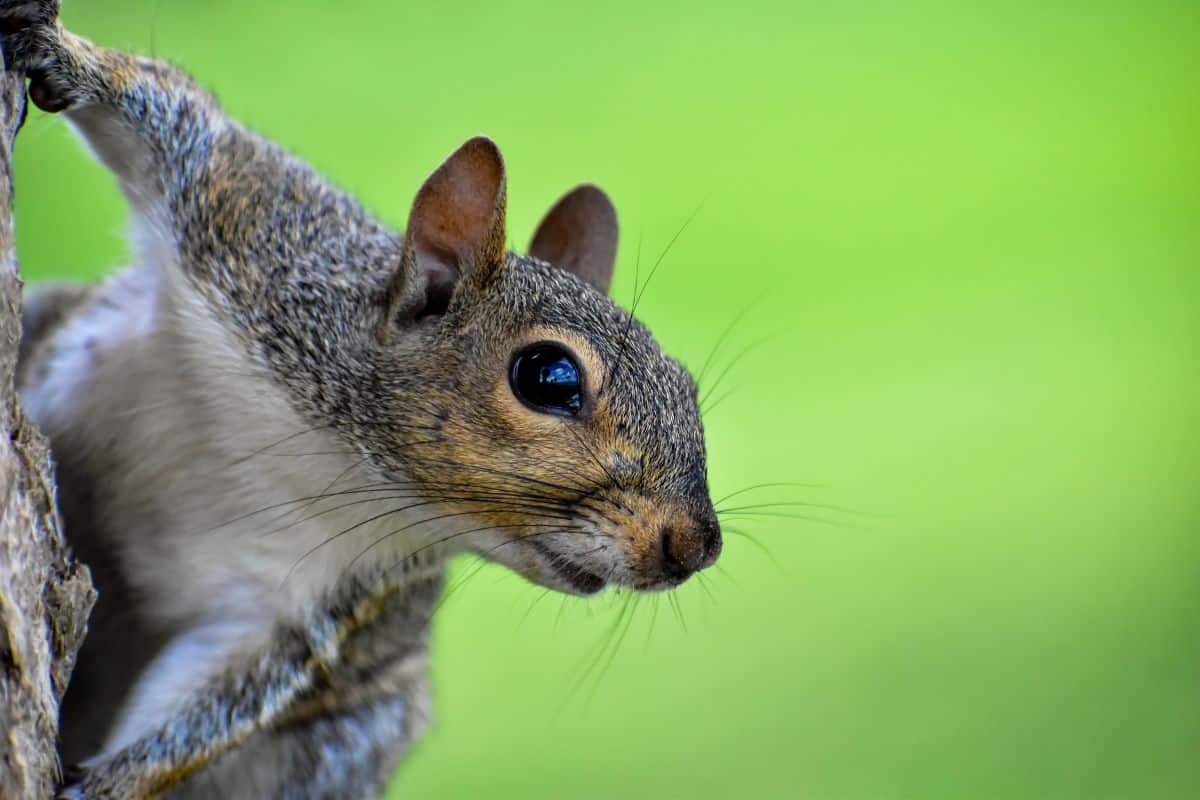
Conservation efforts play a vital role in maintaining a healthy squirrel population in Central Park. This includes managing the park’s natural areas to provide adequate food and shelter, controlling invasive species that may compete with squirrels for resources, and educating the public on the importance of not feeding wildlife, which can lead to overpopulation and health issues for the squirrels.
The Results: A Snapshot of Central Park’s Squirrel Population
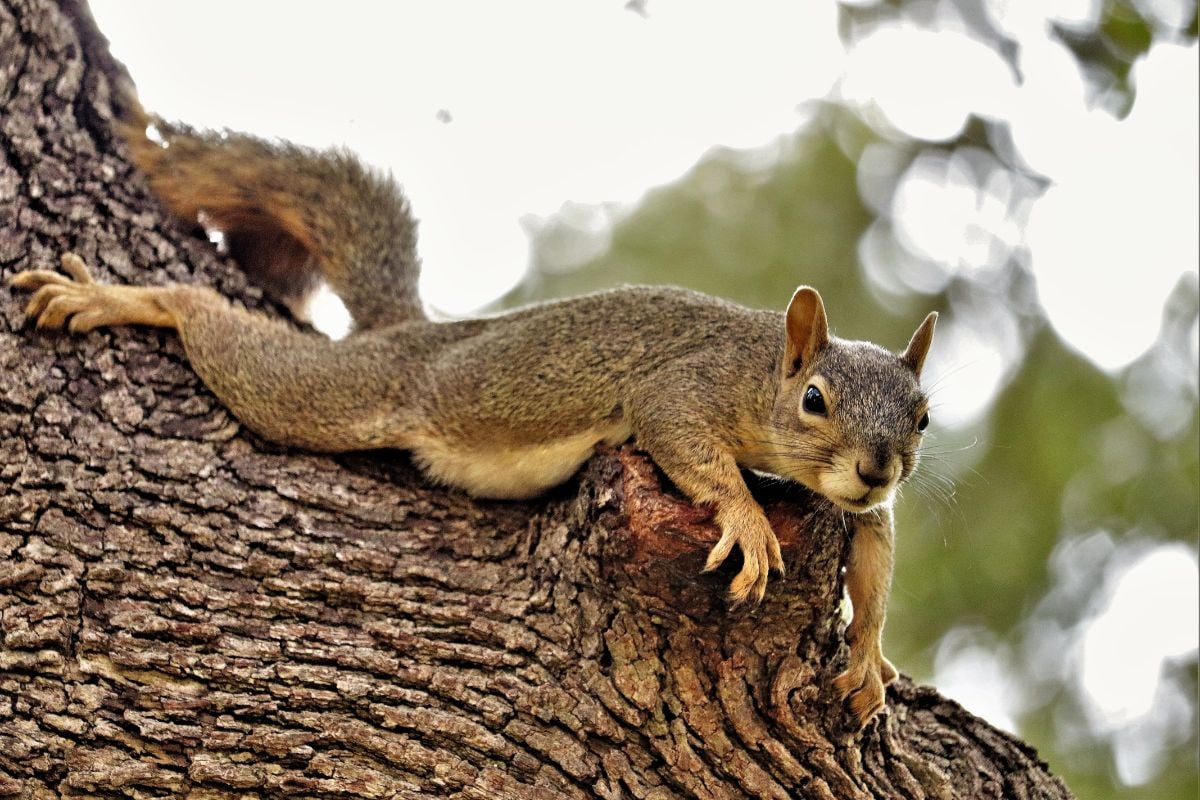
The latest squirrel census data reveals that Central Park is home to an estimated 2,373 Eastern gray squirrels. This figure, however, is not just a number; it represents a thriving, dynamic community of squirrels that contributes to the park’s ecological health and the enjoyment of its visitors.
The Impact of Human Interaction: A Delicate Balance
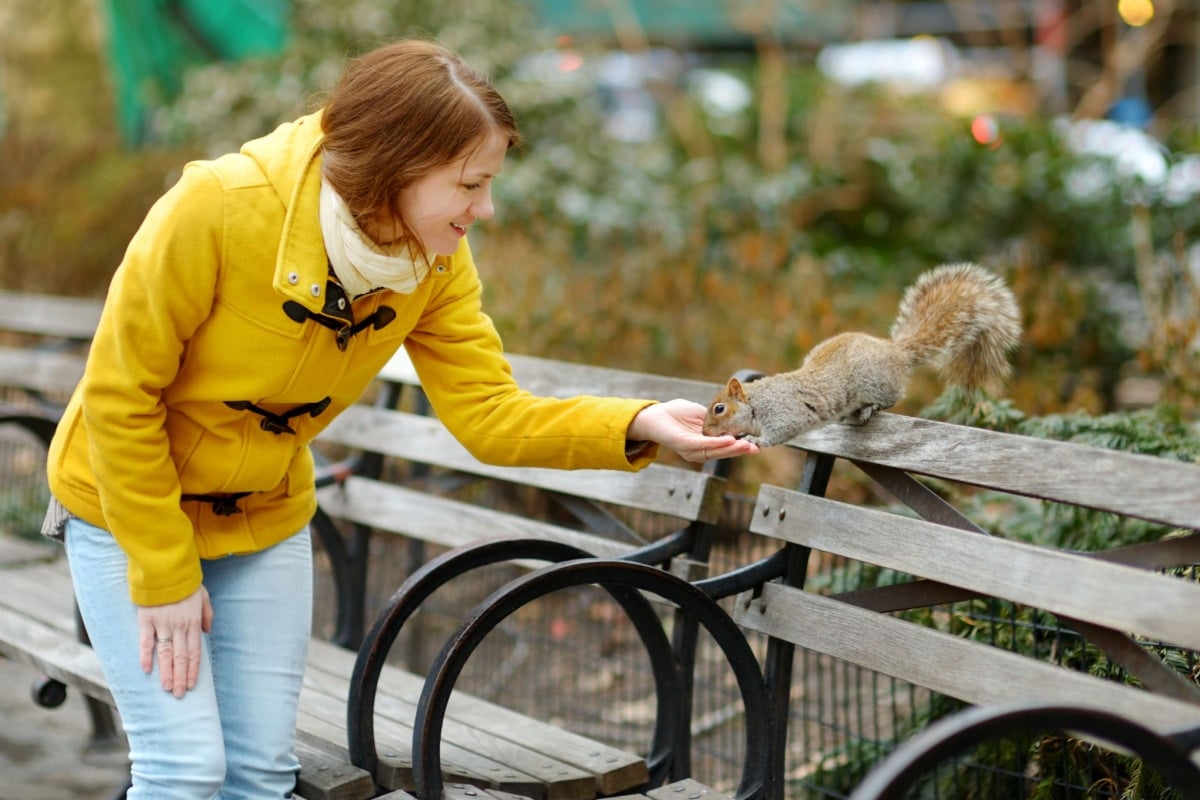
Human interaction has a significant impact on the squirrel population. While many park-goers enjoy feeding squirrels, this well-intentioned act can lead to dependency, poor nutrition, and increased aggression in squirrels. It is essential to maintain a respectful distance and allow squirrels to forage naturally to ensure their well-being.
The Future: Monitoring and Protecting Central Park’s Squirrels
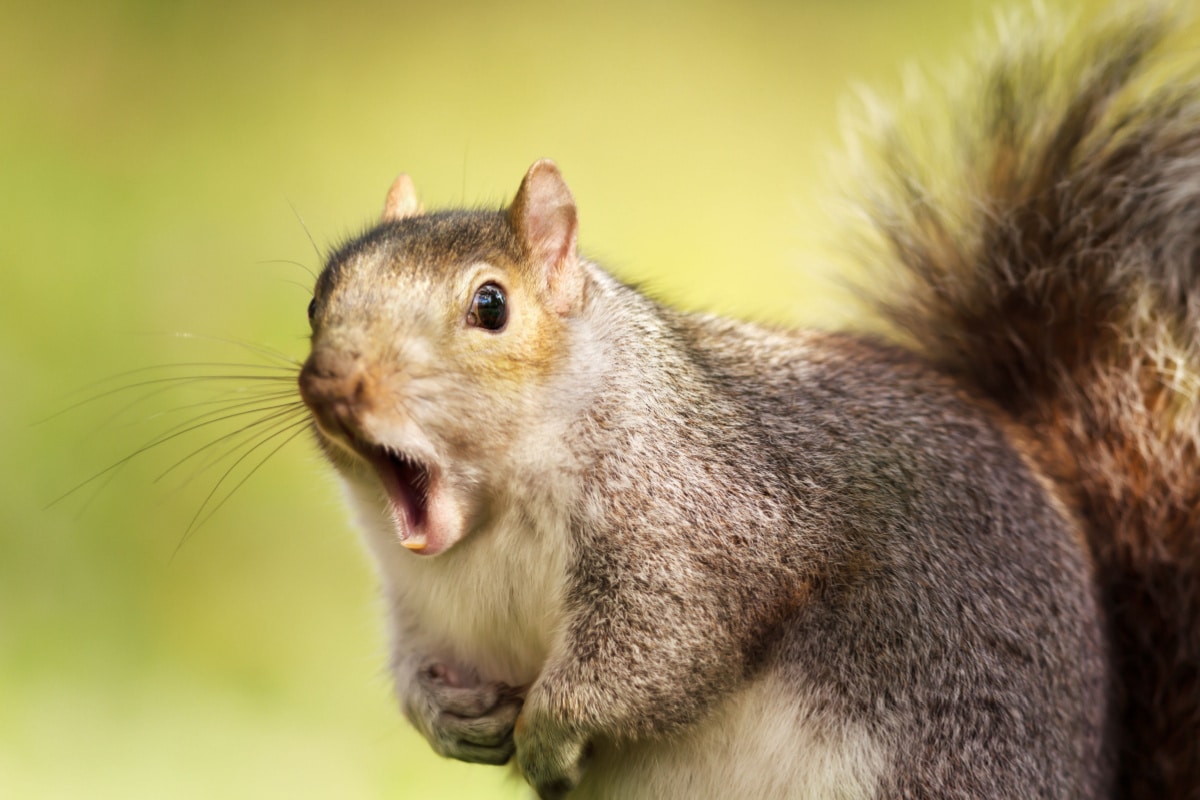
The future of Central Park’s squirrels depends on ongoing monitoring and protection. The Squirrel Census is not a one-time event but a regular part of the park’s wildlife management program. By continuing to track the squirrel population, we can detect trends, identify potential issues, and take action to ensure that these endearing creatures remain an integral part of Central Park’s ecosystem.
Conclusion: Celebrating Central Park’s Furry Inhabitants
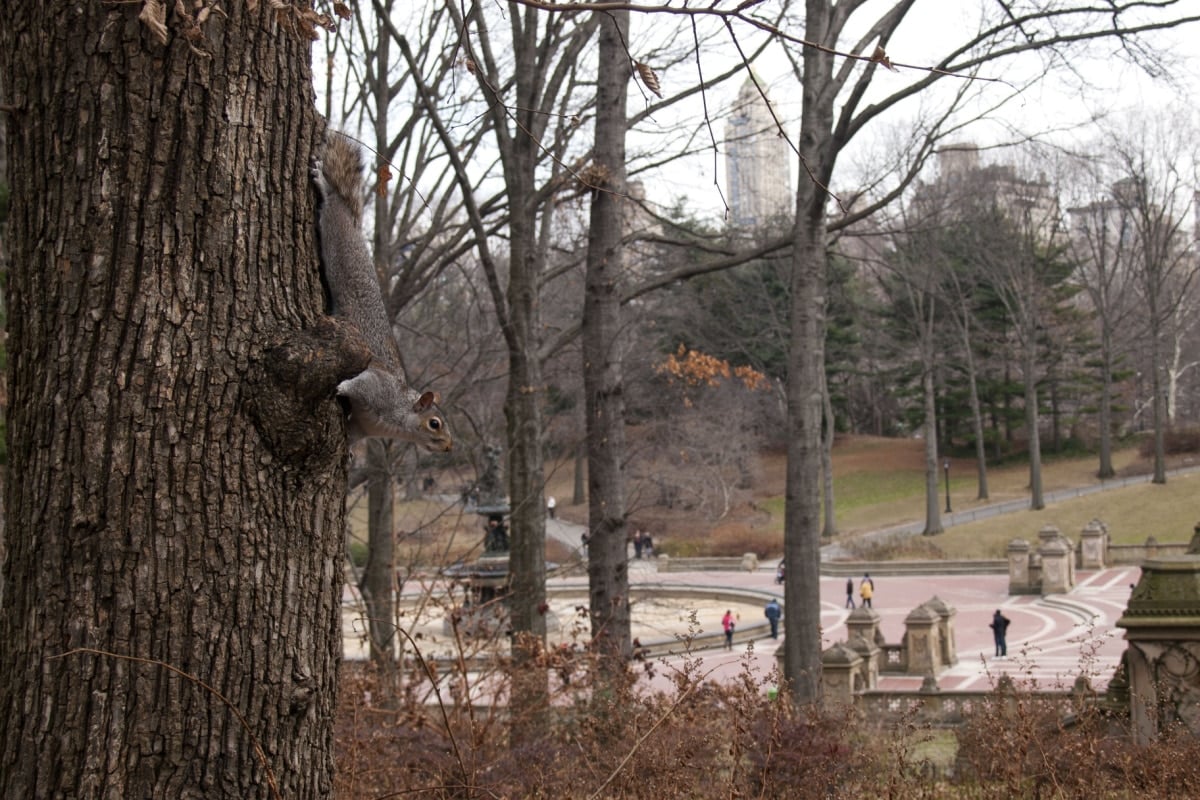
The squirrels of Central Park are more than just numbers; they are a symbol of nature’s resilience in an urban environment. They enhance the park experience for visitors and play a critical role in the park’s natural processes. As we continue to coexist with these furry inhabitants, it is our responsibility to protect their habitat and ensure that Central Park remains a haven for wildlife.
Dogs Surprisingly Don’t Care About This Body Part As Much As We Thought

Have you ever caught yourself lost in your furry friend’s eyes, wondering what they see when they look back at you? While we humans are drawn to faces, a study in 2020 suggested that our pups might not share the same interest. What? How can that be? Read: Dogs Surprisingly Don’t Care About This Body Part As Much As We Thought







